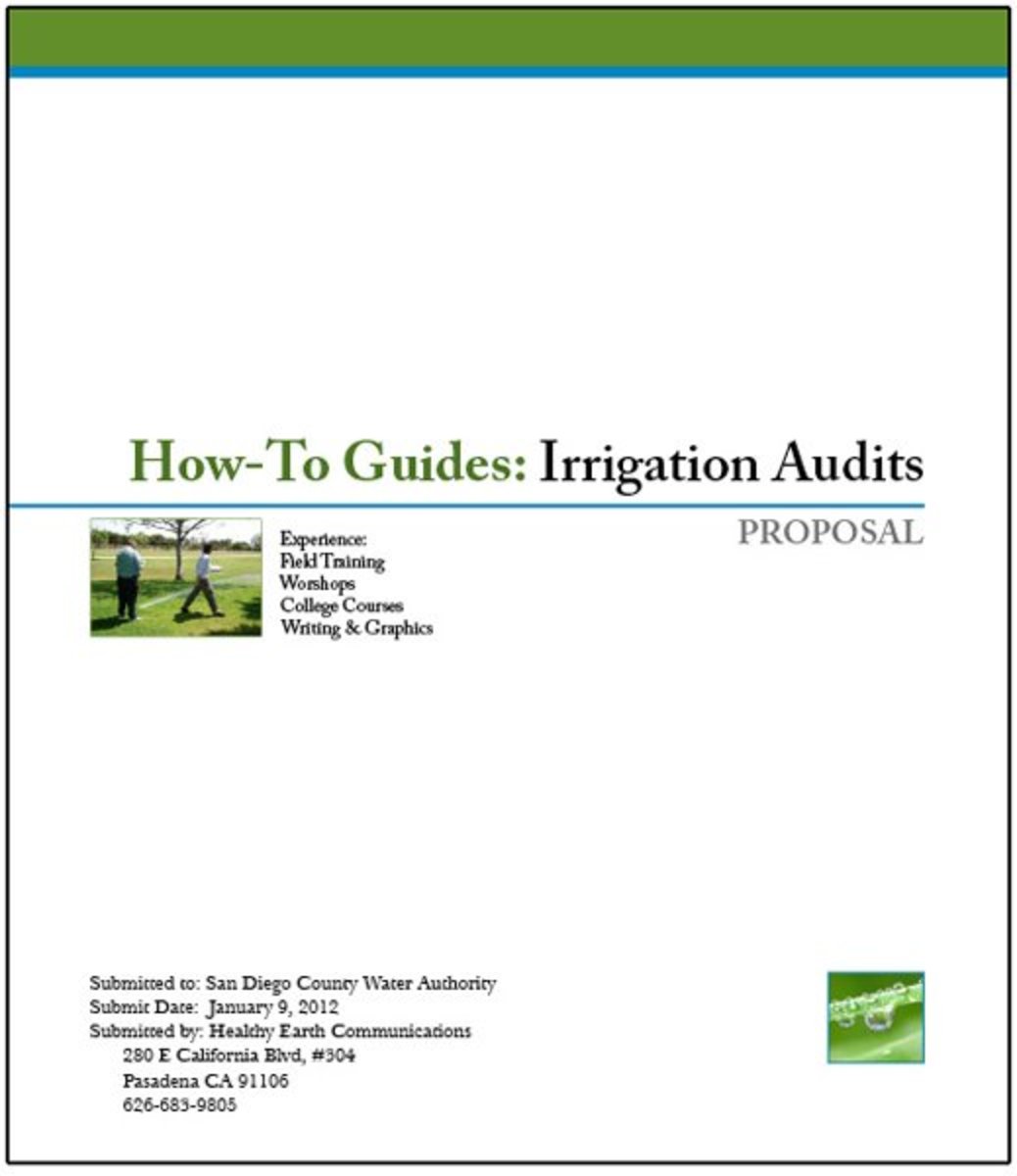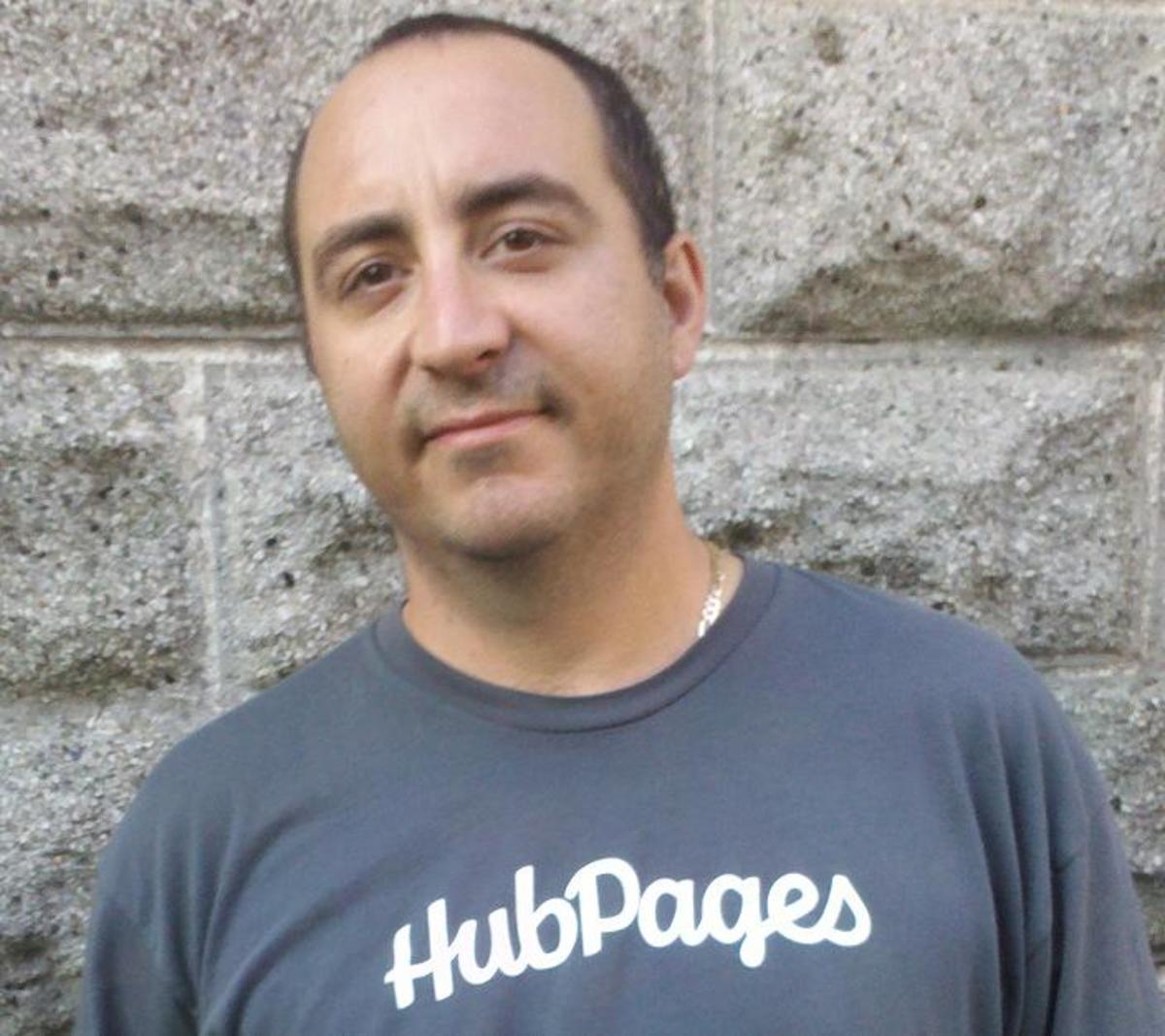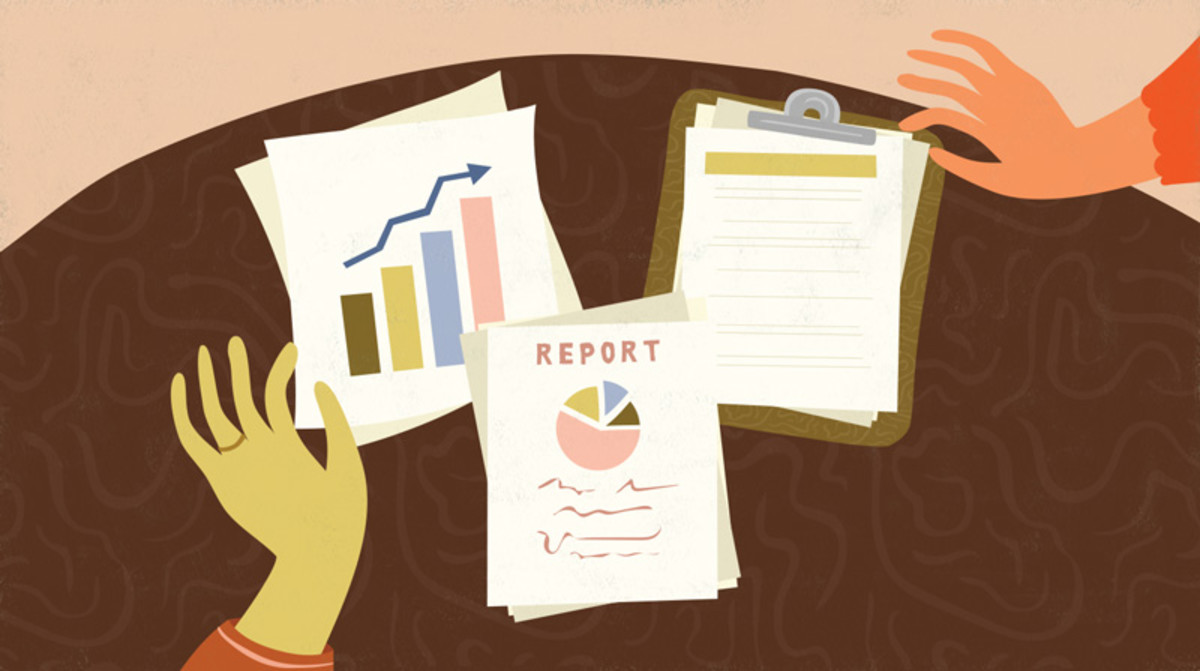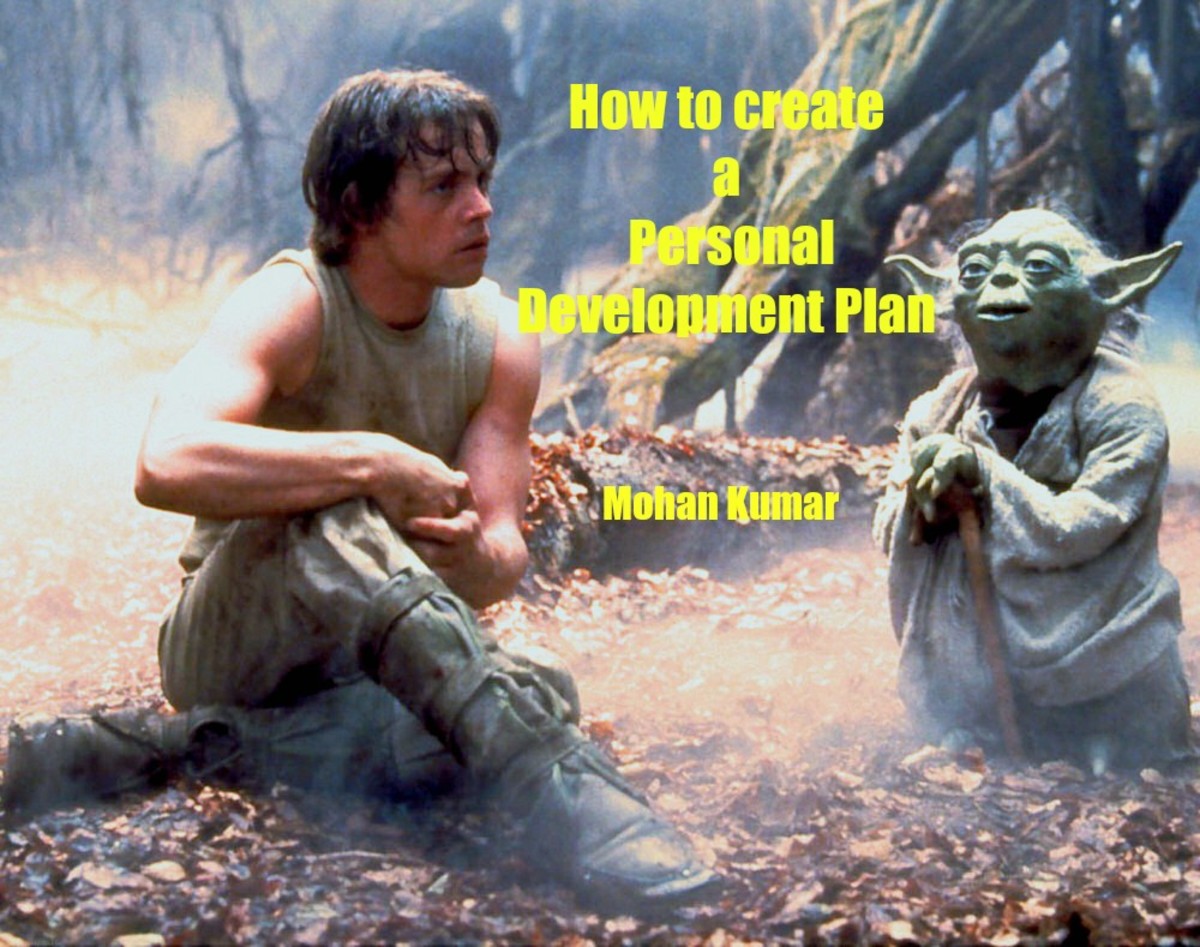Writing Winning Business Proposals and Legal Contracts
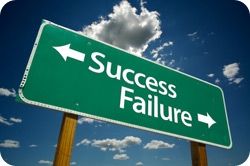
How to Write a Proposal that Wins
More and more small businesses and freelancers are being asked to submit proposals these days. In the past, detailed business proposals were typically only written by and for big businesses with dedicated staff and departments just for writing proposals.
While proposal writing can be a complex topic, there are some basic steps I've developed over the years that anyone can follow to help ensure a successful win.
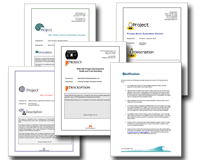
My Tips to Getting Started on Your Proposal
Structure, Planning and Attention to Details
I've been helping businesses write their proposals and contracts for well over a decade. No matter what business you are in or how complex your situation, there is a tried and true step-by-step system you can follow. This system has been distilled down into the Proposal Kit proposal and contract writing system.
You've been given the task and now you're wondering how to write a business proposal. What exactly is a proposal, anyway? It's a document in which you are proposing, or offering, something to someone else. That 'something' could be a product, a service, or even an idea about how to start a future project. At a proposal's core, there's a need. You need to define or at least summarize the need. Next, a proposal must offer or suggest a solution to that need. A need and its solution; those form the basis of a proposal, which can be as short as a one-page letter or over a hundred pages long.
As a proposal writer, sometimes you will be the party with the need, like when you write a proposal seeking a loan, a grant or some other form of support. At other times, you will be the one with the solution, like when you write a proposal offering products, services, or ideas that the other party needs or wants. Just one Proposal Pack handles all of these situations:
- Grant funding proposals
- State/County/Local government grants
- Business plan funding proposals
- Book publishing proposals
- Letter proposals
- Research proposals
- Resumes
- Quotes
- Buying or selling a business
- Complex reports
- Studies and plans
- General business proposals
- Federal government grant proposals
- Government contracts
- GSA contracts
- Technical proposals
- Non-technical proposals
- Product sales proposals
- Services proposals
- Short form contracts
- Sales letters
- Business documents
So obviously, statements of needs and descriptions of the solutions are major parts of all proposals. Sometimes the needs have already been described in detail by the other party in a Request for Proposal (RFP), in which case you as the proposal writer will respond to each item in the RFP, in the format requested. At other times, you'll need to convince the proposal reader that there is a need and that you have the solution, and the format of the information will be completely up to you.
My Proposal Kits on Amazon
Or shop direct and download Proposal Packs from ProposalKit.com. I have hundreds of design themes available. These are just a few.
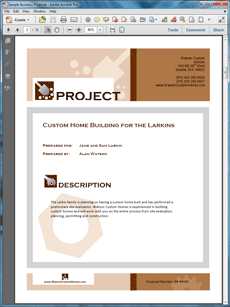
How to Write a Proposal
Phase One: Plan It
Creating a complex proposal can seem a bit overwhelming, but Proposal Pack products contain a number of proposal development checklists to help you stay on track. You can print these out and check off the steps as you work your way though the proposal writing process.
The first step is to get organized and do your research. Make sure you understand your audience. Who will read this proposal? What do the readers already know? What do they need to learn from you? Get all the data you can on your prospective client or donor. You want to give your readers all the information they need to make a decision.
Next, who are your competitors? If possible, check out their websites and their promotional literature, their social networking websites; in short, read any information you can find about them. You want to beat their presentations.
Gather all the data you need for your pitch, too - any important history of your project or your organization; all your contact information; important schedules and deadlines; current website links; photos; illustrations, or blueprints; product descriptions; price lists; and so forth. You may want to invite input from colleagues or friends on items to include in your proposal.
The second step is to decide what you want to say in your proposal. You need to introduce yourself and describe your capabilities, products, or plans. Make sure your introduction is tailored for your audience and explains what they need to know. Be specific-include facts and statistics, not vague generalizations. If possible, mention professional certifications, awards, or recommendations from others to add credibility. Check out the sample proposals in the Proposal Pack to get ideas on what to say and how to say it.
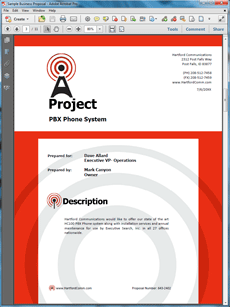
How to Write a Proposal
Phase Two: Get All the Data in There and Make It Perfect
Next, select the Proposal Pack templates that cover the topics you've decided to include in the proposal. The Proposal Pack Wizard proposal and contract writing software can help you assemble all the selected templates into a single proposal document. Don't worry about having to finalize the perfect outline at this point; you can always add or change templates for your proposal pages.
Now that you have the basic proposal structure in place, take all your gathered content and flesh out the pages of your proposal, filling in the blanks, generating estimates, describing financial information, and so forth. Each proposal template has instructional information to guide you, and you can use the included financial calculator spreadsheets to help figure costs, budgets and other numerical information. To increase your win rate, write your proposal in a way that instills trust.
Next comes the review stage. Use spell check, but don't assume it can catch all errors. Have others check your proposal for grammar and spelling errors or for missing, incomplete, or misplaced information. This is particularly important if you copy content from samples or past proposals (see Stay Out of Trouble Copying Proposal Examples for a discussion of the risks of copying). Give your reviewers adequate time to read and consider your proposal document, and ask them to comment not only on accuracy, but also on whether or not the proposal is persuasive or could be improved in some way. If possible, collect comments from a range of reviewers.
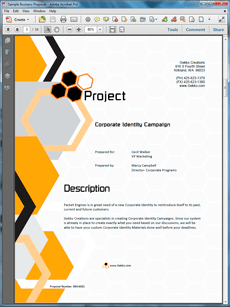
How to Write a Proposal
Phase Three: Send It and Then Follow Up
Now that you've perfected your masterpiece, create the final distribution copy. Print it out or convert it to PDF for delivery. Do one last final check to make sure everything looks professional and then send it on its way.
Whew! You're done, right? Not quite. If you don't hear back from your prospective client or donor, you need to follow up. If you receive a negative response, analyze what went wrong and ask for an opportunity to resubmit an improved proposal. Proposal Kit includes templates for follow-up letters and checklists for the post-submittal phase, too.
If you landed the job or won the grant, odds are that you'll need to complete other documents such as contracts, work orders, non-disclosure agreements, change orders, development milestone sign-offs, just to name a few. Proposal Kit Professional includes a large collection of pre-written contracts to help you with your obligations.
Now you know the basics of how to write a proposal. That means you know the basics of how to write a business proposal, how to write a grant proposal, and how to write a sales proposal. Each proposal type simply includes different information to establish credibility and provide the data that the client or donor needs.
No matter what type of proposal or business document you need to produce, Proposal Kit includes the templates, samples, contracts, and instructions that will help you succeed.
My Proposal Writing Tools - Getting a leg up with your proposal writing already started
Most people don't have the time or knowledge to start writing a detailed business proposal from scratch. Leveraging tools that I've built provides pre-written material and samples that can save days of work and help prevent costly mistakes commonly made by beginners.
- Proposal Kit
Proposal and contract writing templates, samples and software. - Proposal and contract best practices articles
Articles on proposal and contract writing best practices. - Sample business proposals
Sample business proposals help guide you when writing your own.
One of over 500 Proposal Kit testimonials
"Thank you!! Everyone at our national headquarters (Kinko's, too) wanted to know 'who' did the business proposal layout. I told them proposalkit.com! I don't know what I would have done without Proposal Kit." Kristen Howell - American Red Cross of Florida
What type of business are you in and what are your proposal and contract writing needs?
Have you used Proposal Kit? How did it help you write a complex proposal or legal contract?

